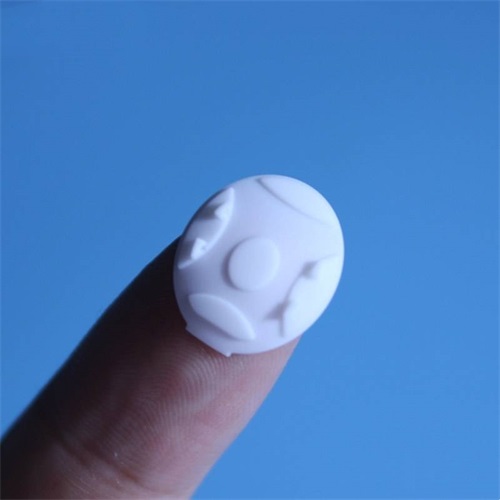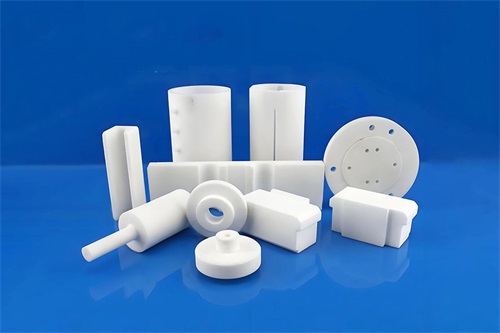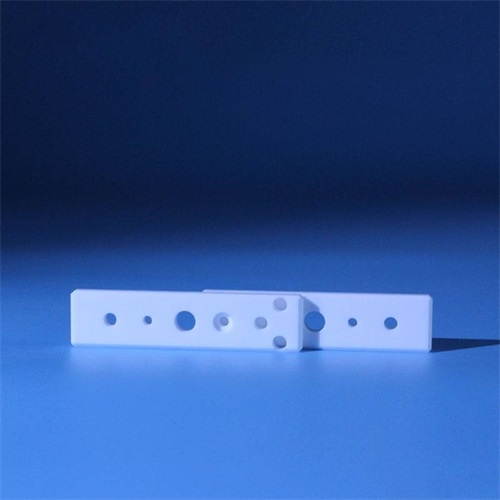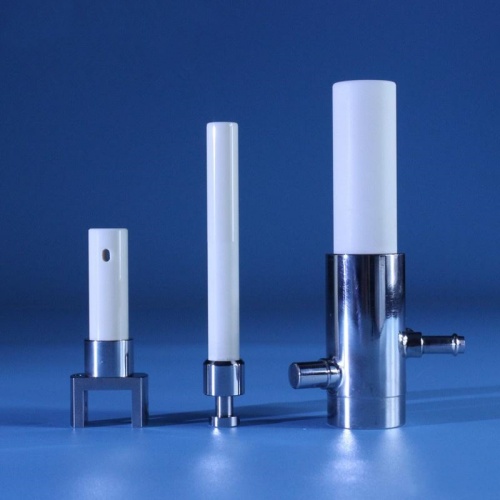The use of Macor ceramics in laser equipment
1、 Introduction to Macor Ceramics
Macor ceramic is a high-performance machinable glass ceramic developed by Corning Inc. in the United States. It combines excellent mechanical properties, electrical insulation properties, high temperature resistance, and low thermal expansion coefficient. This material can maintain stability at temperatures up to 1000 ° C and has an extremely low gas release rate, making it suitable for use in vacuum environments. In addition, Macor ceramics also have good chemical stability and can resist the erosion of various chemical substances.

2、 The core advantages of Macor ceramics in laser equipment
- High temperature resistance and thermal stability: The continuous use temperature of Macor ceramics can reach 800 ° C, and the peak temperature can reach 1000 ° C. Its thermal expansion coefficient is close to that of metals, which can maintain dimensional stability in high temperature environments and avoid optical path deviation caused by thermal deformation.
- Extremely low gas release rate: In a vacuum environment, Macor ceramics almost do not release gas molecules, which can maintain the purity of the vacuum chamber and prevent contamination.
- High reflectivity and radiation resistance: The surface reflectivity of Macor ceramic reflectors can reach over 95%, significantly reducing energy loss. In addition, it also has anti ultraviolet and X-ray properties, making it suitable for medical laser equipment and spacecraft laser communication systems.
- Chemical inertness and mechanical strength: Macor ceramics have strong corrosion resistance to acids, alkalis, and organic solvents, as well as high mechanical strength with a Mohs hardness of 5.5, which can resist the impact of splashes generated during laser processing.

3、 Application of Macor Ceramics in Laser Equipment
- Laser cutting and welding
-Laser cutting head partition: Macor ceramic partition can effectively isolate the heat exchange between the laser beam and the external environment, reduce thermal interference, and improve cutting accuracy and edge quality.
-Welding reflector: High reflectivity and high temperature resistance ensure that laser energy is efficiently focused on the weld seam, achieving a splash free and high-strength welding effect. - Medical laser equipment
-Laser surgical knife cavity component: The biocompatibility and zero pore structure of Macor ceramics can prevent bacterial growth, ensuring stable operation of the equipment even after high-temperature sterilization.
-Skin treatment laser window: high transmittance (visible light transmittance>90%) and radiation resistance ensure precise transmission of laser energy, reducing energy loss. - High power industrial lasers
-Laser resonant cavity base: The dimensional stability and insulation performance of Macor ceramics ensure the structural integrity of the resonant cavity under high-frequency vibration, reducing signal interference.
-Laser coating equipment bracket: Low gas release rate can prevent film contamination and improve chip yield.

4、 Processing advantages of Macor ceramics
- Precision machining capability for complex structures: Macor ceramics can be machined into complex structures with micrometer level tolerances (± 0.013mm) through CNC machines, meeting the requirements of laser equipment for lightweight and functional integration.
- No sintering required, shortened delivery cycle: Unlike traditional ceramics, Macor ceramics do not require secondary sintering after processing, reducing production cycle by more than 30%.
- Flexible adaptation of surface treatment: Supports processes such as metalized coating and vacuum brazing, making it easy to integrate with metal components and reduce the complexity of laser equipment assembly.

Macor ceramics have become an indispensable key material in laser equipment due to their excellent high temperature resistance, low thermal expansion coefficient, high reflectivity, chemical stability, and mechanical strength. It can not only significantly improve the performance and reliability of laser equipment, but also meet complex design requirements through its excellent processing performance.
PREVIOUS:Applicability and Application of Macor Ceramics in Vacuum Environment
CATEGORIES
LATEST NEWS
- Petrochemical ceramic injec...
- Zirconia Ceramic Rod Custom...
- High-temperature resistance...
- What is the wear resistance...
- What is the hardness of cer...
- Aluminum oxide ceramic cust...
- What are the main aspects o...
- What are the mechanical pro...
- Thermal properties of zirco...
- What properties should be c...
